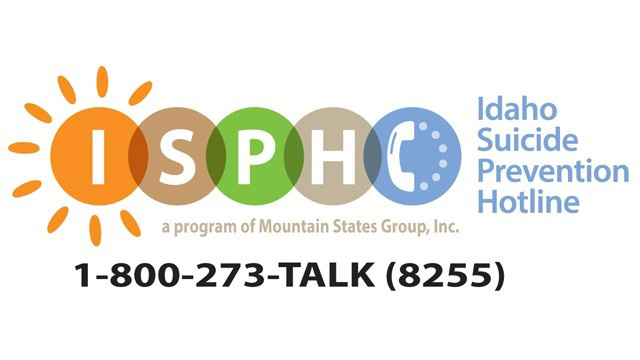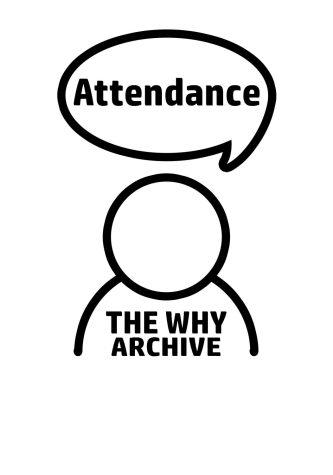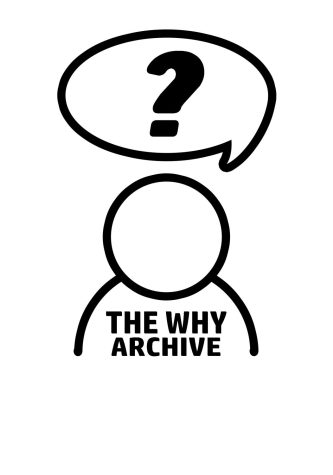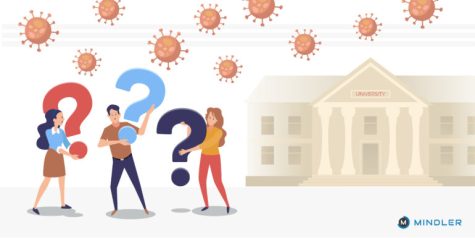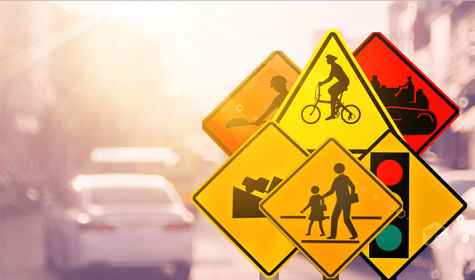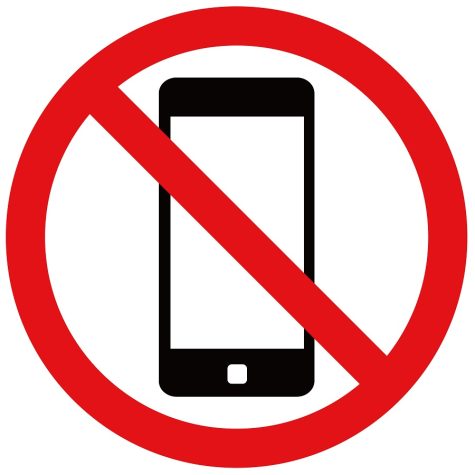Suicide Prevention
October 24, 2017
Suicide is the 10th-leading cause of death in the United States. In Idaho suicide is the 2nd-leading cause of death. Idaho education officials say that the percentage of high school students who have considered suicide in the last 12 months is the highest it has been in the last 10 years. The U.S. Department of Health and Human Services says over 40,000 people die each year from suicide. The Suicide Prevention Action Network of Idaho says in 2016, 350 people committed suicide in Idaho alone. That is nearly one suicide death every day.
Anybody is at risk of suicide. The Idaho Department of Health and Welfare says there are eight different warning signs of suicide. The warning signs are: threatening suicide; writing about suicide; isolation or withdrawal from family, friends, activities, etc.; agitation, especially combined with sleeplessness; nightmares; previous suicide attempt(s); seeking methods to kill oneself; and feeling hopeless or trapped.
If you are experiencing one or more of these warning signs, call the National Suicide Prevention Lifeline at 1-800-273-TALK (8255). If you know a loved one or a friend who is experiencing one or more of these warning signs, contact social media outlets or call 911 if you think they are in immediate danger of harming themselves. Social media outlets on suicide prevention are able to see and check on them through their social media.
The U.S. Department of Health and Human Services says there are five action steps for helping someone in emotional pain. First, ask: “Are you thinking about killing yourself?” Second, keep them safe: reducing a person’s access to highly lethal items or places is important part of suicide prevention. Third, be there for them: listen to them carefully and learn what the individual is thinking and feeling. Fourth, help them to connect: help them make a connection with a trusted individual like a family member. Fifth, stay connected: Connecting with someone that is going through the warning signs can help prevent a crisis, and connecting after a crisis, if a crisis happens, can help to avert a repeating of the situation.
For more information there is a free seminar for parents and teens on November 1 from 6:30-8:00 pm at Eagle Rock Junior High.
If you have any further questions about suicide prevention and where to get help follow the link below.
